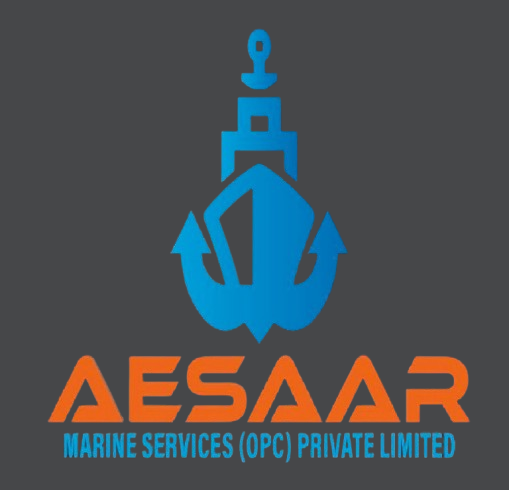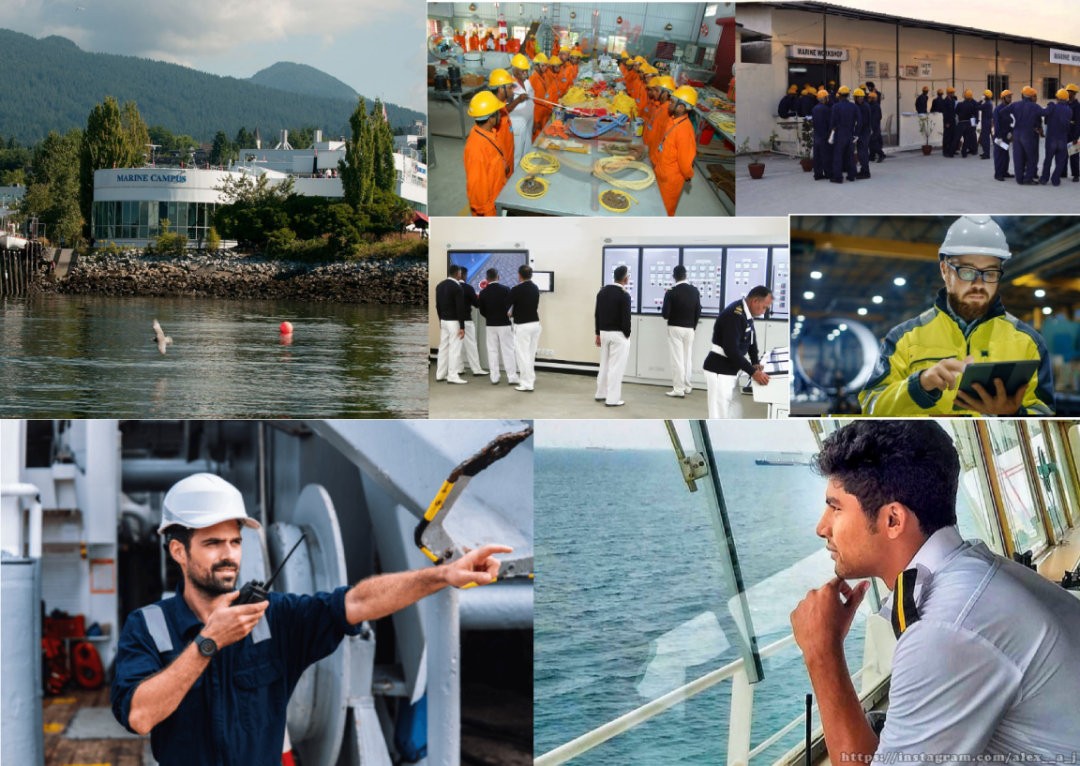
WHY CHOOSE US ?
yacht crew
training
Yacht crew training is essential for ensuring the safety, efficiency, and professionalism.
Training Process
STCW Basic Safety Training
STCW basic safety training referred to as STCW 95/10 A – VI/1 is a mandatory training for all people heading out to work at sea onboard commercial vessels including superyachts, cruise liners, expedition vessels, ferries etc. It is a minimum requirement to enter yachting industry.
Course duration 15 days
Deckhand Course
STCW basic safety training
Deckhand certificate
Security training for seafarers with designated security duties
Deck safety and skill enhancement training course
Engine safety and skill enhancement training course
Maintenance day, teak work, repairs, washdowns, cleaning the yacht
Ropework, essential knots and splicing
VHF Radio
Course duration 3 months.
Steward & Stewardess Course
STCW basic safety training
Interior certificate
Food safety certificate
Security training for seafears with designated security duties(STSDSD)
Catering course
VHF radio
Proficiency in crisis management and human behavior, including passenger safety
Customer service training
Course duration 3 months
CREW TRAINING STUDIES
TRAINING NEEDS ASSESSMENT
Conduct regular assessments to identify the specific training needs of crew members based on their roles, responsibilities, and vessel requirements. This assessment should consider regulatory mandates, industry standards, technological advancements, and organizational goals.
TRAINING PROGRAM DEVELOPMENT
Develop a structured training program that covers the knowledge, skills, and competencies required for each crew position.
Utilize a blended learning approach, incorporating classroom instruction, practical exercises, simulations, e-learning modules, and on-the-job training.
Designate qualified trainers and instructors to deliver training sessions effectively.
REGULATORY COMPLIANCE
Ensure that all training programs comply with relevant international maritime regulations, industry standards, and flag state requirements.
Stay updated on changes to regulations and adjust training programs accordingly to maintain compliance.
CREW QUALIFICATIONS AND CERTIFICATION
Establish clear criteria for crew qualifications and certification based on rank, role, and responsibilities.
Ensure crew members obtain and maintain necessary certificates of competency, endorsements, and specialized training certifications.
CONTINUING EDUCATION AND PROFESSIONAL DEVELOPMENT
Promote a culture of continuous learning and growth among crew members.
Provide opportunities for further education, skill enhancement, career advancement, and specialization in specific areas of maritime operations.
SAFETY TRAINING AND EMERGENCY RESPONSE
Prioritize safety training to ensure crew members are well-prepared to handle emergencies.
Provide training in fire prevention and firefighting, personal survival techniques, first aid, shipboard security, and hazardous material handling.
CULTURAL AWARENESS AND DIVERSITY TRAINING
Offer cultural awareness training to foster mutual respect, effective communication, and teamwork among crew members from diverse backgrounds.
LEADERSHIP AND MANAGEMENT TRAINING
Develop leadership and management skills among senior officers and supervisors.
Provide training in team management, conflict resolution, decision-making, problem-solving, and effective communication.
ONBOARD TRAINING PROGRAMS
Implement structured onboard training programs to reinforce theoretical knowledge with practical experience.
Assign experienced crew members as mentors or trainers to facilitate onboard learning and skill development.
TECHNOLOGY INTEGRATION
Leverage technology to enhance training initiatives, such as simulation software, virtual reality tools, and online learning platforms.
Use digital solutions for delivering training content, tracking progress, and facilitating remote learning opportunities.
FEEDBACK AND EVALUATION
Solicit feedback from crew members regarding the effectiveness of training programs and onboard training experiences.
Regularly evaluate training outcomes and adjust programs based on feedback and performance metrics.
DOCUMENTATION AND RECORD-KEEPING
Maintain accurate records of crew training, qualifications, certifications, and onboard training activities.
Ensure documentation is organized, up-to-date, and easily accessible for auditing purposes and regulatory compliance.
By implementing a comprehensive policy encompassing these aspects, shipowners and operators can ensure that their crew members receive the necessary training, education, and onboard support to perform their duties competently and safely.
FROM SCHOOL TO YACHT: COMPLETE GUIDE ON HOW TO BECOME A YACHT CREW

If you’re someone who loves to travel, explore new places, and get paid while doing it, becoming a seafarer might be the perfect career choice for you.
Working at sea offers a unique opportunity to see the world while earning a living. But, how do you become a yacht crew?
The process today is quite different from before. I remember when anyone could go out to sea and sail on different merchant ships. As long as you hold a seaman’s book, you are considered a seafarer.
We’ll provide you with a complete guide on how to become a seaman, from education to training until you land on your first ship.
Eligibility for Yacht Crew Training
Documents Required
- 10th passed
- Passport
- Medical Fit
- Age: 18-45
- P.C.C
- Photo
Benifits After Training
- 100% Placement Assistance
- Be A Part of A Fun, Adventurous And Luxurios Life
- Salary: Upto 1400 Euros
- Europe/Schengen Visa/TRC